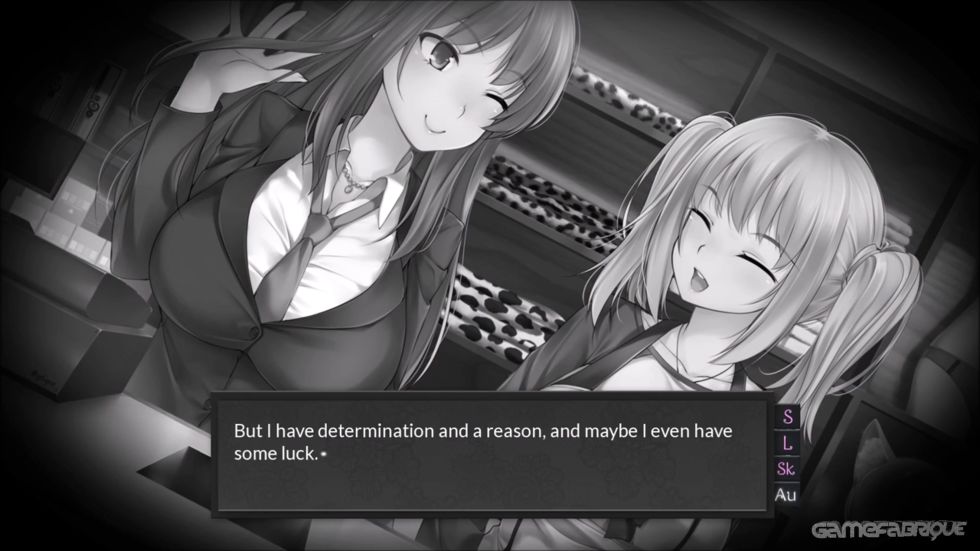
Visual face exploration is usually biased to the left half of a presented face. We conclude by emphasizing key challenges in the field of ‘Sprague Effect’ applications in order to design better therapies for brain-damaged patients. Last, we critically review whether the resulting inter-hemispheric rivalry theories lead toward an efficient rehabilitation of stroke in humans. We also review theoretical models of the effect that emphasize the inhibition and balancing between the two hemispheres and show implications for lesion inference approaches. Moreover, we assess applications of the ‘Sprague Effect’ in the rehabilitation of visually guided attentional impairments by using non-invasive therapeutic approaches such as transcranial magnetic stimulation (TMS) and transcranial direct-current stimulation (tDCS). In the present review, we aim at reappraising the ‘Sprague Effect’ by critically analyzing studies that have been conducted in the feline and human brain.



Physiologically, this effect has been explained in several ways-most notably by the reduction of the functional inhibition of the ipsilateral SC by the contralateral SC, and the restoration of normal interactions between cortical and midbrain structures after ablation. It was observed initially in the cat where severe and permanent contralateral visually guided attentional deficits generated by the ablation of large areas of the visual cortex were reversed by the subsequent removal of the superior colliculus (SC) opposite to the cortical lesion or by the splitting of the collicular commissure. The ‘Sprague Effect’ described in the seminal paper of James Sprague (Science 153:1544–1547, 1966a) is an unexpected paradoxical effect in which a second brain lesion reversed functional deficits induced by an earlier lesion.


 0 kommentar(er)
0 kommentar(er)
